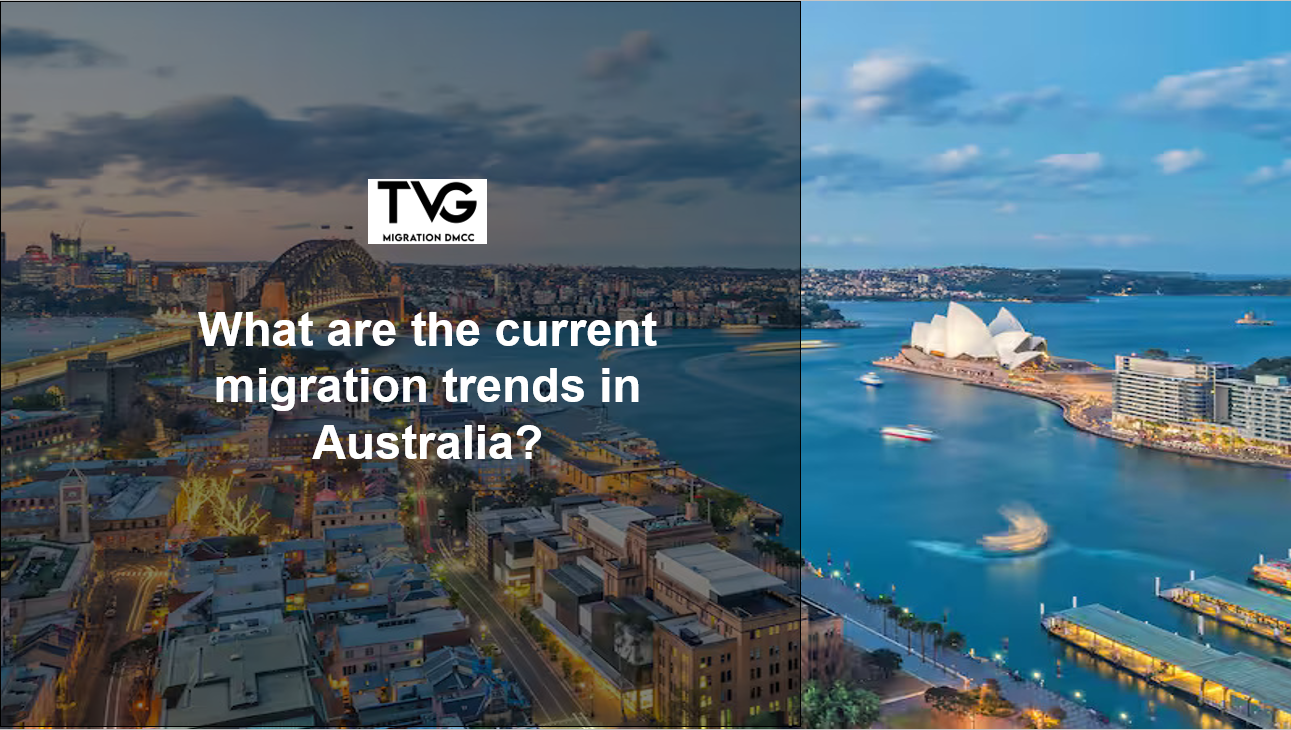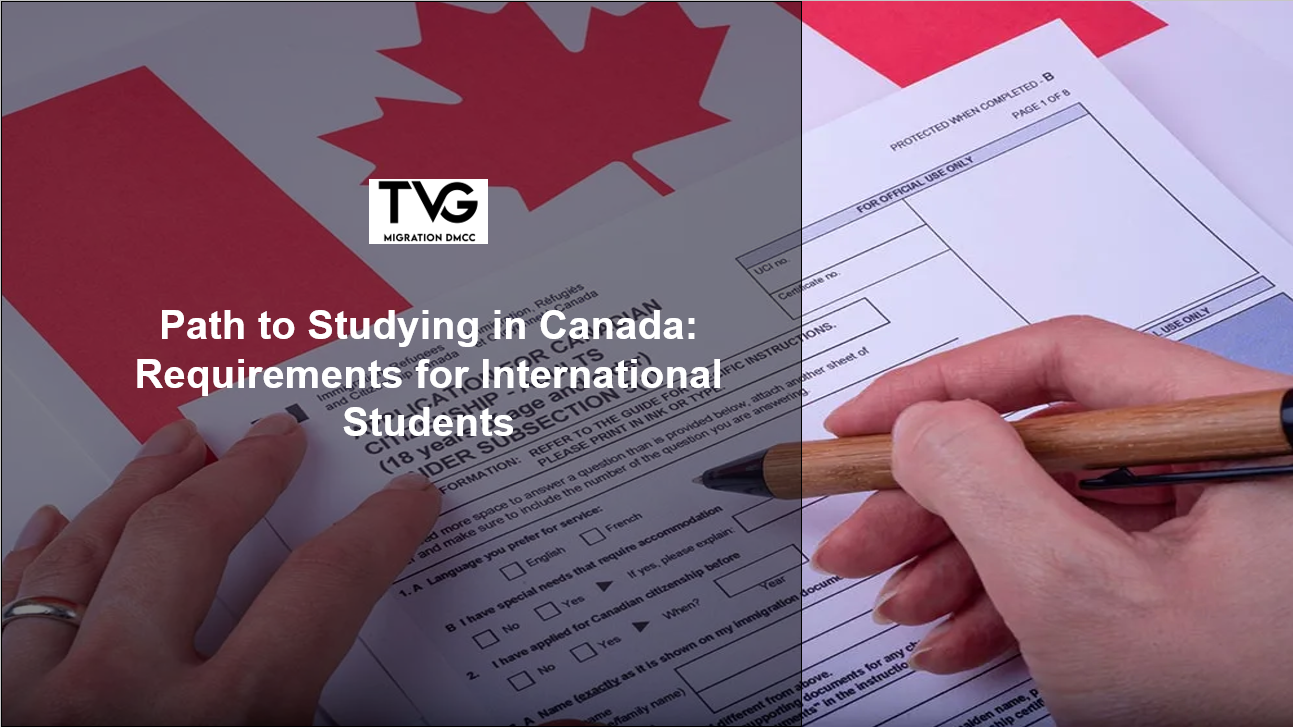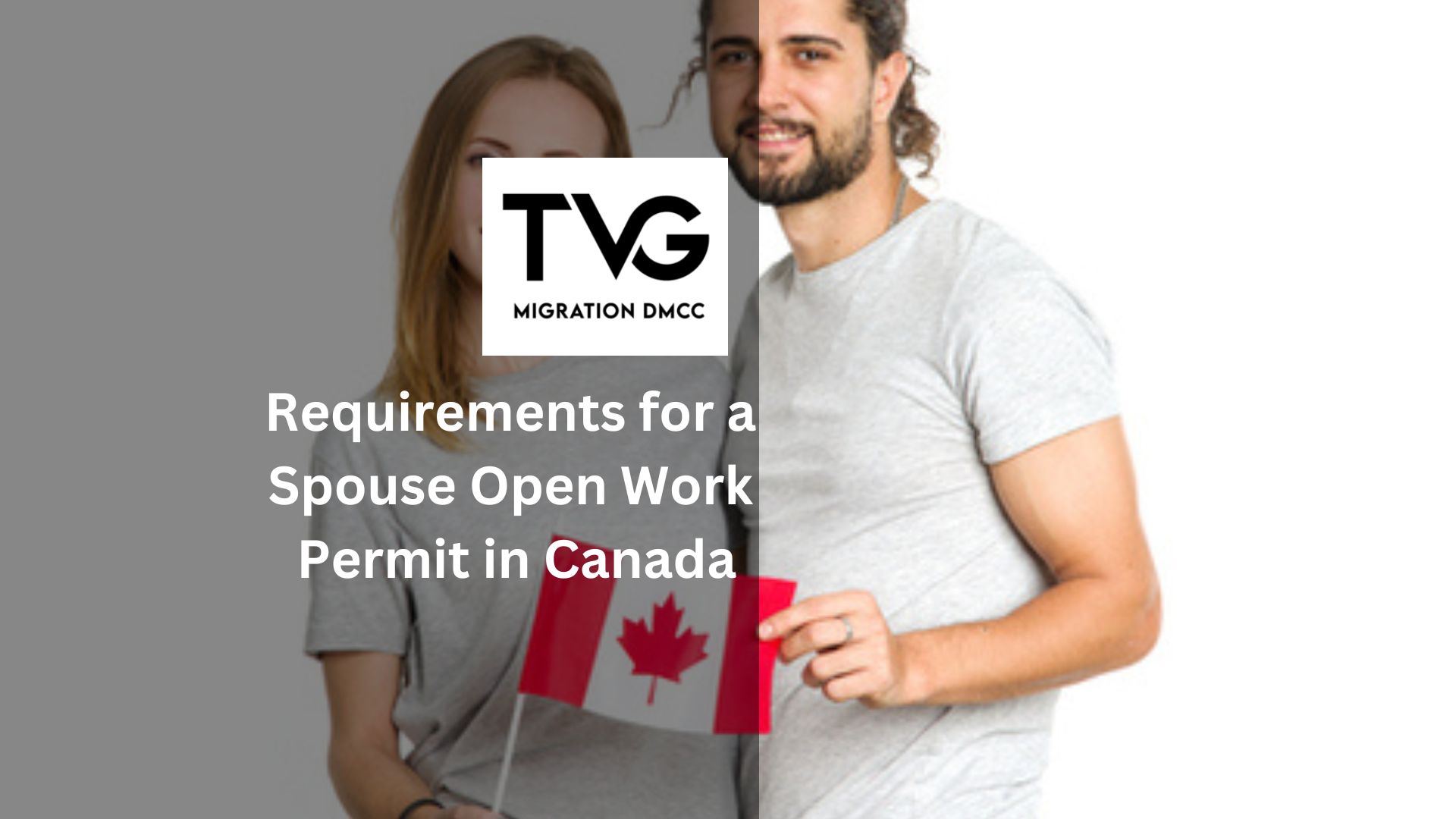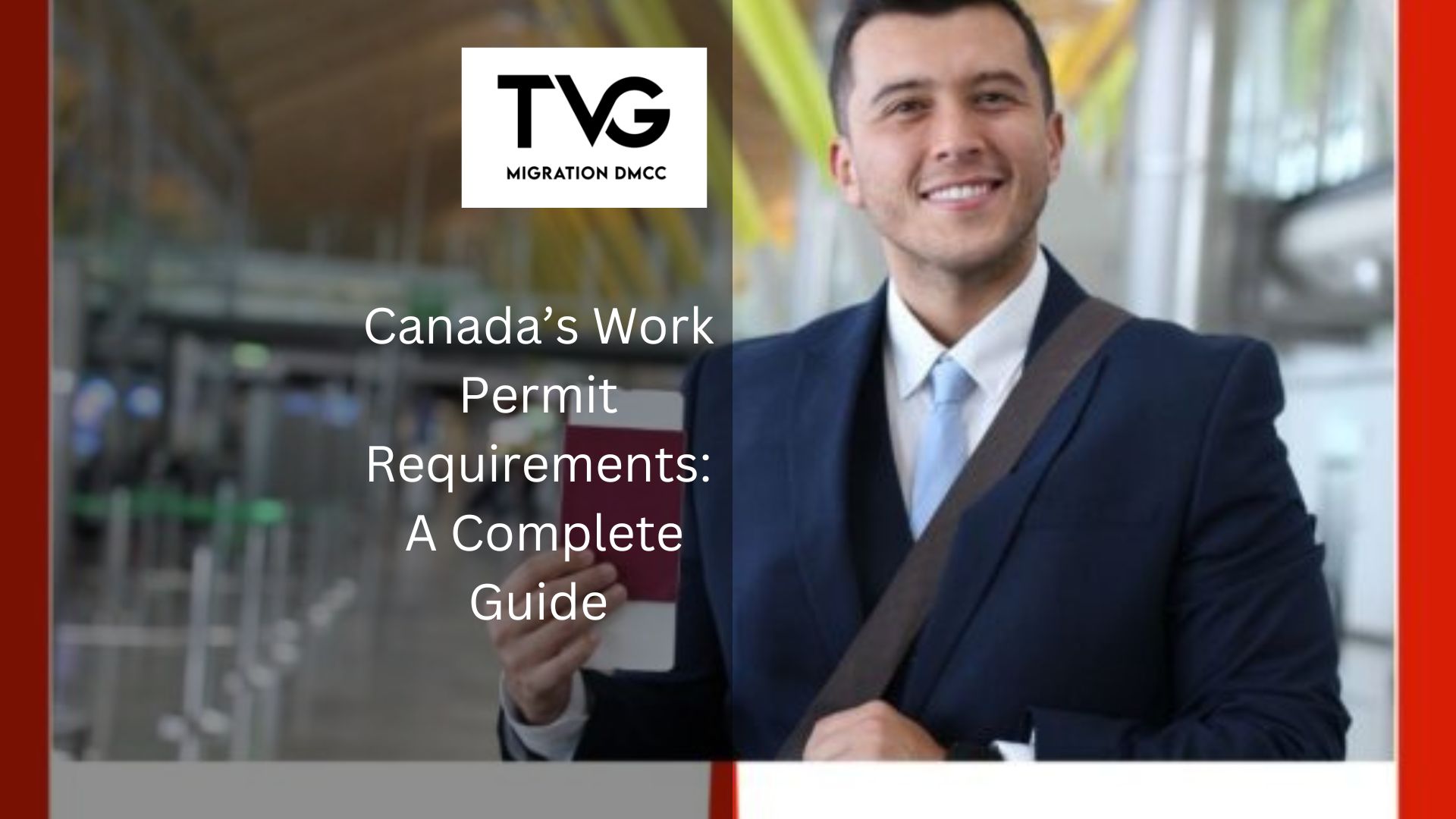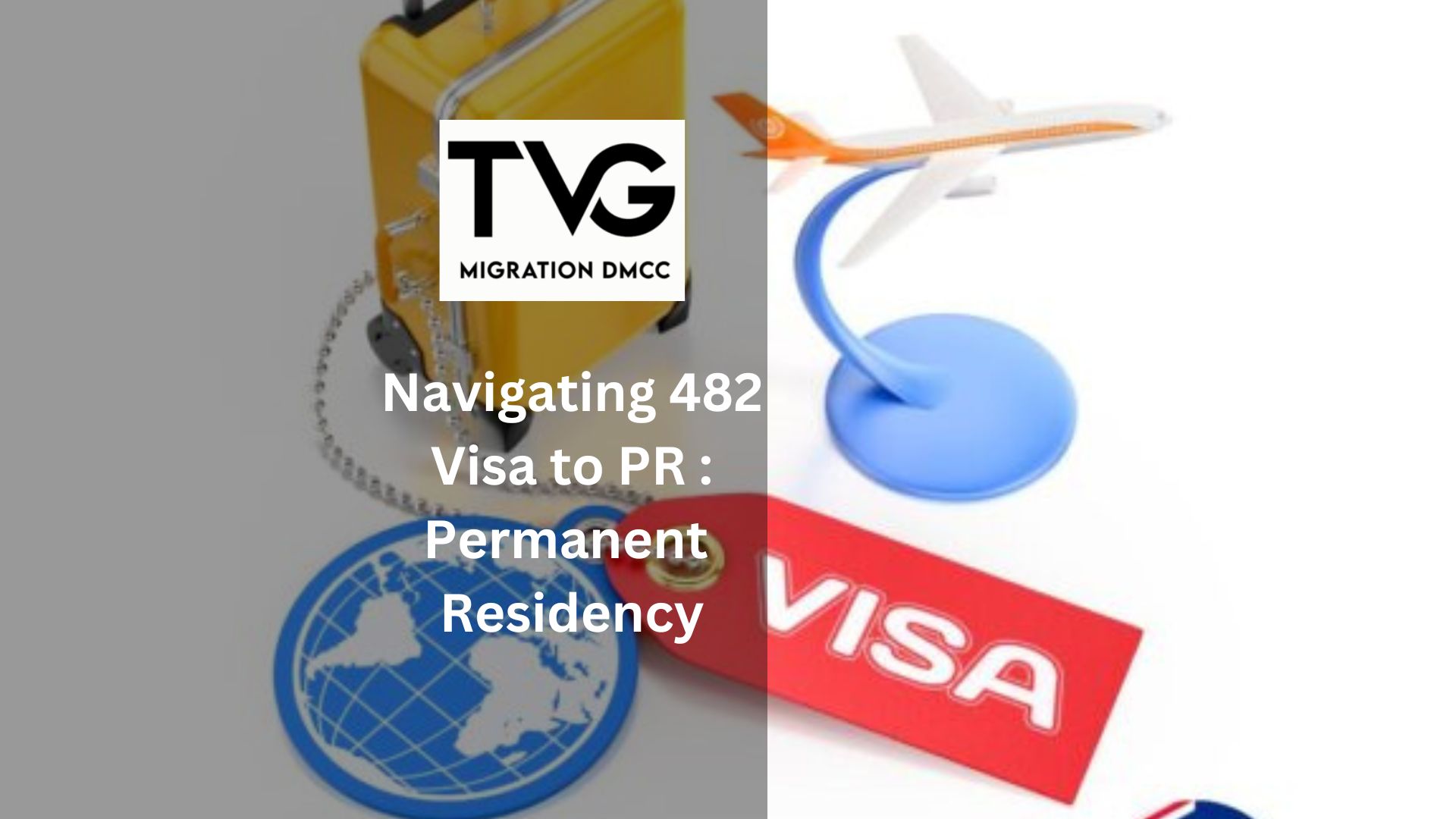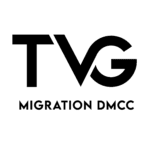Post Pandemic Surge in Arrival Australia’s migration figures have rapidly recovered following the COVID-19 outbreak. In the fiscal year 2022–2023, the nation welcomed 737,000 new immigrants, a significant rise over the 427,000 who arrived the year before. With the return of foreign travel and the removal of pandemic-related restrictions, there has been a 73% increase in this surge. According to the Australia Bureau of Statistics, there has been a great shift in the composition of the new arrivals in Australia. Australia’s immigration statistics have dramatically recovered after the COVID-19 outbreak. 737,000 migrants arrived in the nation in the 2022–2023 fiscal year, a significant rise over the 427,000 arrivals in the year before. This increase represents a 73% increase, mostly due to the removal of pandemic-related restrictions and the start of foreign travel again. Process of Immigration to Australia Life in Australia is unique as it allows multiple immigration pathways to aspiring immigrants. For Immigration to Australia from UAE, first you can line up a job from the skilled occupations which shows that Australia is open to healthcare professionals, engineers, chefs and many other professions. However, you must be under the age of 45 to apply for the Australian visa but if you are selected under the skilled migration occupations then there is an exemption for the age. Ensuring a substantial quantity of positions for Skilled migrants continues to be a top concern. Australia is competitive in attracting top global talent because the Global Talent Visa Program, which targets extraordinarily brilliant individuals, continues to give 5,000 spots. Family reunion and social cohesion are promoted via the family stream, which is still an essential part of requirements for immigration to Australia. Demand-driven criteria governs the Partner visa category, and 8,500 more slots have been added to the Parent program. Immigration to Australia by Investment The first thing you need to understand about immigration to Australia by investment is to have a minimum investment AUD 2.5 million. Once you have that money for investment, you will be eligible for a provisional visa that is a pathway to residency. However, it should be noted that buying a property in Australia does not grant you a permanent residency. If you meet the requirements, you will be eligible for permanent residency. Australia Investor Visa Immigration to Australia by investment is commonly referred to as a visa under the investment option. For that it is necessary that the applicants meet certain criteria that can enhance their chances of scoring an investor visa. The basic requirements for that include a net or a business net worth AUD 2.5 million. This is an effective method to maintain a residency pathway towards Australia immigration. Moreover, the investor must understand the investment options including: A minimum amount of AUD 500,000 in a venture capital for private equity funds of venture capital. A minimum amount of AUD 750,000 in the managed funds which should be invested in the emerging companies that are listed on the Australian Stock Exchange. Regarding Business investments, It is necessary to have 3 years or more experience in managing the business. Benefits of Immigration to Australia Among many benefits of immigration to Australia, here is a detailed look at the key benefits aspiring immigrants can avail from immigration to Australia. With prospects in the fields of healthcare, engineering, information technology, and education, Australia has a robust and diversified economy. Australia boasts one of the world’s most advanced healthcare systems. Medicare, which offers free or subsidized healthcare services, is available to permanent residents, guaranteeing citizens receive high-quality medical treatment. One of the major benefits of immigration to Australia from the UAE is attained by immigrants who become permanent residents. They have access to a variety of social benefits including, health insurance, Immigration to Australia comes with various benefits including the ability to live and work anywhere in the country. It also provides favorable business opportunities which can prove beneficial in the long term for the immigrants. Work-life balance is highly valued by Australians, and the culture of the workplace reflects this. A balanced and contented lifestyle is facilitated by flexible work arrangements and ample leave benefits. Conclusion Australia’s present migration patterns show a strong epidemic recovery in addition to deliberate policy changes meant to maximize immigration’s positive effects. The government’s dedication to promoting a thriving and inclusive society is demonstrated by its emphasis on skilled migration, improved visa processing, and extensive stakeholder input. Australia provides a kind and encouraging environment for newcomers, regardless of their goals—career advancement, security and stability, or the opportunity to see family again.
Home – Best Canada & Australia Immigration Consultant in Dubai
Month: May 2024
Path to Studying in Canada: Requirements for International Students
Are you dreaming of studying in Canada as an international student? Canada offers a promising path for students from all around the globe with its world renowned universities and welcoming environment. In this comprehensive guide, we will guide you related to all the requirements for international students in Canada. Requirements for International Students in Canada Canada has emerged as the third largest destination for international students. A Student Visa allows international students to enter Canada as a student. To be eligible for student visa, you must be enrolled in the study program listed under the Designated Learning institution as this is one of the major requirements for international students to study in Canada. It is necessary to apply for a student visa before traveling and you must have all the required documents like proof of funds and statement of purpose before applying for the student Visa. Moreover, it also depends on where you apply from or travel from. It is also suggested that the requirements for student visa application may vary from time to time. International students in Canada requirements are updated on the government of Canada’s official website for the students who wish to study in Canada. International Students in Canada Requirements Document Purpose Letter of Acceptance (LOA) A proof of acceptance from a Canadian Designated Learning Institution Proof of Identity for Canada Student Visa Identification and travel document Proof of Financial Support Evidence of sufficient funds that can cover tuition fees and as well as living expenses Purpose of Visit To provide a statement as why you want to visit Language Test Scores The result of your English proficiency test Statement Purpose for Canada Visa A letter that gives you an opportunity to explain why you want to visit Canada Personal Documentations Birth certificate, Marriage Certificate and other personal documents for verification purposes. Table 1: Requirements for International Students in Canada Letter of Acceptance (LOA) Your college or university must provide you an official letter of acceptance (LOA) as soon as you have decided on your program. The original LOA must be submitted with your application for a student visa. Proof of Identity for Canada Student Visa Two current passport-size pictures and a valid passport or travel document are required. Kindly fill out the back of each image with your name and birthdate. In addition, your passport must contain at least one blank page for the duration of your student visa. Proof of Financial Support You need to be able to support yourself and, if necessary, your family financially. This can also be known as proof of financial support or proof of money for a Canada student visa. For that purpose the following documents are necessary as a proof of financial support: Bank Statement of the last six months Balance Certificates Proof of tuition Source of income of your financial sponsor Purpose of Visit This is your chance to explain that you want to come to Canada in order to further your studies. In this step, you could be required to provide specific information or supporting materials, such as your previous academic records, employment history, career goals and advancement, and results from a language proficiency exam. Tests of language proficiency that are accepted include PTE, TOEFL, and IELTS. Language Test Scores It’s crucial to become familiar with the test format, practice sample questions, and hone your language skills frequently. To make sure your application is competitive, strive to meet the minimal requirements provided by the universities you are interested in applying to. Statement of Purpose The purpose of this letter is to clarify your immigration to Canada to the person reviewing your application. This is your chance to highlight your qualifications for the program and why you would like to study in Canada. Personal Documentations Depending on your nation’s requirements, you might need to attach more documents.including, Birth certificate or a marriage certificate if necessary. Canada PR Requirements for Students There are many options available for international students who wish to move to Canada permanently. The first step towards permanent skilled worker immigration to Canada is completing an Express Entry profile. There is no assurance that completing an Express Entry profile will result in an invitation to apply for permanent residence. Some of the categories demand prior work experience in Canada. After completing your education, you must apply for a work visa through the Post-Graduation Work visa Program if you wish to work in Canada. Conclusion Studying in Canada offers excellent education, cultural diversity, and a wealth of chances for both professional and personal development, making it a life-changing experience. The road to studying in Canada offers countless opportunities, regardless of your goals—be they to start a new life in Canada or return home with employable skills. FAQS 1.What are the requirements for international students to study in Canada? The first step is to ensure you have a valid passport. Moreover, It is necessary to have a letter of acceptance from the desired institute, proof of funds and other authentic documentations that are necessary for the application process. 2. Is IELTS or other English language tests part of study permits in Canada? Yes, Majority of the universities in Canada choose English proficiency tests. However, you will have to check which test is applicable in the university you have applied to.
Understanding the Requirements for a Spouse Open Work Permit in Canada
Obtaining a spouse open work permit in Canada is a great opportunity for spouses of international students and skilled workers to work and live in Canada. This blog will guide you through the essential requirements, ensuring you are well-prepared to navigate the application process smoothly. What is a Spouse Open Work Permit? A spouse open work permit allows the spouse or common-law partner of a temporary foreign worker or international student in Canada to work for any employer, without the need for a job offer in advance. This type of permit is a fantastic way to support the economic stability and integration of families in Canada. Eligibility Requirements To be eligible for a spouse open work permit in Canada, the following conditions must be met: Spouse of an International Student: The international student must be studying full-time at a designated learning institution (DLI) in Canada. The study program must lead to a degree, diploma, or certificate that is at least six months in duration. Spouse of a Temporary Foreign Worker: The temporary foreign worker must be employed in an occupation classified as Skill Level 0, A, or B in the National Occupational Classification (NOC). The foreign worker must hold a valid work permit. Application Requirements When applying for a spouse open work permit, the following documents are typically required: Proof of Relationship: Marriage certificate or proof of common-law partnership. Photographs of the wedding or common-law relationship. Other documents showing joint ownership or cohabitation. Status Documents: Copy of the spouse’s study permit or work permit. Proof of the spouse’s full-time student status or employment in a skilled occupation. Supporting Documents: Completed application forms. Passport-sized photos of the applicant. Copy of the applicant’s passport. Proof of payment for the application fee. Additional Requirements Medical Examination: Depending on the applicant’s country of residence and intended occupation, a medical examination might be required. Biometrics: The applicant may need to provide biometrics (fingerprints and photo). Application Process Gather Documents: Collect all required documents as per the guidelines. Complete Forms: Fill out the necessary application forms accurately. Pay Fees: Pay the applicable processing fees. Submit Application: Submit the application online or by mail to the appropriate Canadian visa office. Wait for Processing: Monitor the status of your application through the IRCC (Immigration, Refugees and Citizenship Canada) portal. Benefits of a Spouse Open Work Permit Employment Flexibility: The holder can work for any employer in Canada without restrictions. Family Unification: It allows families to stay together and supports the spouse’s integration into Canadian society. Economic Stability: Contributes to the household income, enhancing financial stability during the stay in Canada. Conclusion Navigating the application process for a spouse open work permit in Canada can be straightforward if you understand and meet all the requirements. Ensuring that you have all the necessary documentation and following the application steps carefully will increase your chances of a successful application. For more detailed information and to stay updated on any changes, it is advisable to visit the official IRCC website.
Everything You Need to Know About Canadian Residency Requirements and Immigration Visas
Canada is a top destination for immigrants due to its high quality of life, strong economy, and welcoming attitude toward newcomers. Understanding the Canadian residency requirements is crucial if you plan to migrate to Canada. This guide covers everything from immigration visa requirements to specific visas for UAE residents, spouse visa requirements, and the Express Visa program. Understanding Canadian Residency Requirements To become a permanent resident (PR) of Canada, you need to meet certain criteria. Here’s a breakdown of the main Canadian residency requirements: Age: You must be at least 18 years old to apply independently. Language Proficiency: Proficiency in English or French is mandatory, and you will need to take an approved language test. Education: A recognized educational credential, such as a diploma or degree, is required. Foreign credentials must be assessed for equivalency. Work Experience: Relevant work experience, typically in the past ten years, is necessary. The exact requirements depend on the immigration program. Medical Examination: A health check is required to ensure you are in good health and pose no risk to public safety. Security Clearance: Background checks to verify you have no criminal record are essential. Canada Immigration Visa Requirements There are various immigration visa programs in Canada, each with specific requirements. Here are some key programs: Express Entry: A points-based system for skilled workers, encompassing the Federal Skilled Worker Program, Federal Skilled Trades Program, and Canadian Experience Class. Provincial Nominee Program (PNP): Allows provinces and territories to nominate individuals who meet specific local labor market needs. Family Sponsorship: Canadian citizens and PRs can sponsor their relatives, including spouses, children, parents, and grandparents. Start-Up Visa: For entrepreneurs with innovative business ideas and the support of a designated organization. Canada Visa Requirements for UAE Residents If you are a resident of the UAE, here are the specific visa requirements for migrating to Canada: Valid Passport: Your passport must be valid for the duration of your stay. Proof of Funds: Demonstrate that you have sufficient funds to support yourself and your family during your stay. Employment Offer: A valid job offer from a Canadian employer can significantly bolster your application. Medical and Police Certificates: Required to ensure you meet health and security standards. Language Proficiency: As with all applicants, you must provide proof of language skills. Spouse Visa Requirements Canada To bring your spouse to Canada, you must meet the following spouse visa requirements: Proof of Relationship: Documentation such as a marriage certificate, joint financial accounts, and photographs. Financial Support: Evidence that you can financially support your spouse without government assistance. Genuineness of Marriage: Demonstrate that your marriage is genuine and not solely for immigration purposes. Express Visa Canada Requirements The Express Visa, part of the Express Entry system, is a fast-track option for skilled workers. Key requirements include: Educational Credential Assessment (ECA): Assess your foreign education. Comprehensive Ranking System (CRS) Score: Based on factors like age, education, work experience, and language ability. Invitation to Apply (ITA): You must receive an ITA to apply for PR. Requirements for Migrating to Canada Migrating to Canada involves several steps. Here’s an overview of the general requirements: Eligibility Assessment: Check if you meet the eligibility criteria for the chosen immigration program. Application Submission: Complete and submit your application with all required documents. Medical and Security Checks: Undergo medical exams and background checks. Interview (if required): Attend an interview with immigration officials if requested. Final Decision: Await the decision on your application and prepare for your move if approved. Final Thoughts Navigating the process of Canadian residency requirements and immigration visas can be complex, but understanding the essential criteria and steps can make the journey smoother. Whether you’re applying for an Express Visa, sponsoring a spouse, or migrating from the UAE, thorough preparation and knowledge of the requirements will set you on the path to a successful application. By meeting the Canadian residency requirements and following the right procedures, you can make Canada your new home and enjoy all the opportunities this diverse and prosperous country has to offer.
Understanding Canada’s Work Permit Requirements: A Complete Guide
Canada is a top destination for international workers and students due to its robust economy, high quality of life, and multicultural environment. If you’re considering working in Canada, understanding the requirements for a work permit is essential. This guide will cover everything you need to know about Canada’s work permit requirements, including specific details for international students. Why Work in Canada? Before diving into the details, here are some reasons why working in Canada is an excellent choice: Economic Opportunities: Canada has a thriving economy with numerous job opportunities across various sectors. Quality of Life: High standards of living, excellent healthcare, and a safe environment make Canada an attractive destination. Cultural Diversity: Canada is known for its multicultural society, welcoming immigrants from all over the world. General Requirements for a Canada Work Permit To work in Canada, most foreign nationals need a work permit. Here are the general requirements: Job Offer: Typically, you need a valid job offer from a Canadian employer. The employer may also need to obtain a Labour Market Impact Assessment (LMIA) to hire you. Application Form: Complete the appropriate work permit application form, which can be submitted online or on paper. Proof of Identity: A valid passport or travel document. Photographs: Recent passport-sized photographs. Proof of Job Offer: A copy of your job offer or contract. Proof of Qualifications: Certificates, diplomas, or degrees relevant to the job, and proof of work experience. Proof of Financial Support: Evidence that you can support yourself and any accompanying family members during your stay in Canada. Biometrics: In some cases, you may need to provide biometric information (fingerprints and a photo). Application Fee: Payment of the required processing fee. Work Permit Visa Canada Requirements There are two main types of work permits in Canada: Employer-specific work permits and Open work permits. Employer-Specific Work Permit This type of permit allows you to work for a specific employer. Requirements include: Labour Market Impact Assessment (LMIA): In most cases, your employer needs an LMIA, which proves that there is a need for a foreign worker to fill the job. Job Offer Letter: A formal job offer from a Canadian employer. Contract: A detailed contract outlining your job duties, salary, and working conditions. Medical Exam: Depending on the type of job, you might need a medical exam. Open Work Permit An open work permit allows you to work for any employer in Canada (with some exceptions). It’s typically available to: Spouses or Common-law Partners: Of skilled workers or international students. International Students: Who have graduated from a designated learning institution and are eligible for the Post-Graduation Work Permit Program. Applicants for Permanent Residence: In certain categories. Work Permit Requirements for International Students in Canada International students in Canada may be eligible to work during their studies and after graduation. Here’s what you need to know: Working While Studying Study Permit: You must have a valid study permit. Full-time Student: You must be a full-time student at a designated learning institution (DLI). Work Authorization: Your study permit should include a condition that allows you to work on or off-campus. Work Hours: You can work up to 20 hours per week during regular academic sessions and full-time during scheduled breaks (e.g., winter and summer holidays). Post-Graduation Work Permit (PGWP) The PGWP allows international students who have completed their studies at a DLI to work in Canada for up to three years. Eligibility: You must have completed a study program that was at least eight months long at a DLI. Application Timing: Apply within 180 days of receiving your final marks. Valid Study Permit: You must have a valid study permit when applying for the PGWP. Applying for a Canada Work Permit Here’s a step-by-step guide to applying for a work permit in Canada: Determine Eligibility: Ensure you meet the requirements for the specific type of work permit you are applying for. Gather Documents: Collect all necessary documents, such as your job offer, LMIA (if applicable), proof of identity, and proof of qualifications. Submit Application: Apply online or on paper through the Immigration, Refugees, and Citizenship Canada (IRCC) website. Provide Biometrics: If required, provide your fingerprints and photograph. Wait for Processing: Processing times vary, so check the IRCC website for current estimates. Receive Decision: If approved, you will receive a work permit detailing the conditions of your stay in Canada. Conclusion Understanding the requirements for a work permit in Canada is crucial for a successful application. Whether you’re looking to move for a job, or as an international student seeking work experience, Canada offers a range of opportunities. By following the guidelines and preparing thoroughly, you can navigate the application process with confidence and begin your journey towards working in Canada.
Navigating 482 Visa to PR Requirements: Your Path to Permanent Residency
Embarking on the journey to permanent residency (PR) in Australia is an exciting and life-changing decision. Whether you’re already on a Temporary Skill Shortage (TSS) visa subclass 482 or exploring your options for immigration, understanding the requirements and process is essential. In this comprehensive guide, we’ll delve into the key requirements for transitioning from a 482 visa to permanent residency and provide insights into Australia’s broader immigration requirements. Understanding the 482 Visa to PR Transition For individuals currently holding a 482 visa, also known as the Temporary Skill Shortage visa, the pathway to permanent residency in Australia is achievable through various streams. The most common route is the Employer Nomination Scheme (ENS) visa subclass 186 and the Regional Sponsored Migration Scheme (RSMS) visa subclass 187. Key Requirements for Australia PR Work Experience: Typically, applicants need to have worked for their sponsoring employer on a 482 visa for a specified period, usually at least three years, to be eligible for PR. Skills Assessment: Depending on the occupation, applicants may need to undergo a skills assessment to demonstrate their qualifications and work experience meet Australian standards. English Language Proficiency: Adequate English language skills are essential for PR eligibility. Applicants may need to undertake an English language test such as IELTS or PTE. Health and Character Checks: All PR applicants must meet health and character requirements, including undergoing medical examinations and obtaining police clearance certificates. Employer Sponsorship: Depending on the PR pathway chosen, applicants may require continued sponsorship from their employer or nomination by a regional employer. Broad Immigration Requirements In addition to the specific requirements for transitioning from a 482 visa to PR, it’s crucial to understand Australia’s broader immigration requirements. These may include factors such as age, education, language proficiency, and points-based assessments for skilled migration visas like the General Skilled Migration (GSM) program. Conclusion Navigating the pathway to permanent residency in Australia requires careful planning, diligence, and understanding of the relevant visa requirements. Whether you’re pursuing PR through employer sponsorship or skilled migration, seeking guidance from experienced migration agents or consultants can streamline the process and increase your chances of success.
Canada’s Intra-Company Transfer (ICT) program – A Gateway to Global Talent Mobility
In today’s world, businesses all around the world are planning to expand their horizons across the border to capitalize on the diverse pool of talent within the international market. With a multicultural society and business friendly environment, Canada stands out among companies that are planning to expand their business. Canada provides foreign nationals with various opportunities to obtain a work permit. One of the most significant programs that Canada has is called an Intra-Company Transfer (ICT). In this comprehensive article, we will dive into all the relevant details of ICT, while exploring the benefits, eligibility criteria and as well as the application process. Canada Intra Company Transfer also known as Canada ICT Visa is suitable for owners of multinational companies who will be transferred to work in an affiliated company while it is either well established or a start up in Canada. Canada’s Intra Company Transfer is rather a significant opportunity as compared to the regular work visa. Canada ICT Program Canada Intra Company Transfer program, is a specialized segment within Canada’s Temporary Foreign Worker Program (TFWP), aims to streamline the relocation of essential personnel from multinational corporations to their Canadian branches, subsidiaries, or affiliated entities. This initiative empowers companies to utilize their international talent pool, facilitating the temporary deployment of skilled professionals to Canada. By fostering knowledge exchange, innovation, and business expansion, the ICT program plays a pivotal role in enhancing organizational capabilities and driving economic growth. Advantages of ICT Program Canada’s Intra Company Transfer Program (ICT) holds a unique significance, however among many benefits, several advantages are listed below: The Intra Company Transfer Program Canada has a streamlined application process that allows the companies to fast track the transfer of the employees. It allows the companies to dive into their already existing talent pool of their overseas location and transfer them to the office in Canada. This not only ensures the continuity of work but also ensures work expertise. ICT Program is an effective way that provides companies with convenient options to expand businesses while fostering innovation & as well as economic growth. Transferring employees across borders facilitates in not only transferring knowledge but also promotes cross culture collaboration but also skill development within the organization. Offering employees with an opportunity to work across borders promotes job retention and employee satisfaction as well. Requirements of Canada Intra Company Transfer Entrepreneurs who have well settled business in their home towns have the perfect opportunity to set up business in Canada under ICT. However, there are several requirements that must be met before setting a business in Canada: To expand in Canada, the company should be operation for more than 12 months (ideally for more than 3 years) The home company should be financially stable to support the business in Canada. The applicant seeking Intra Company Transfer Canada should be part of the owner company for at least 12 months before applying for the immigration process. The operations in Canada will be viable to create more job opportunities for Canadians. Eligibility Criteria for Canada Intra Company Transfer To be eligible for the ICT program, specific criteria must be met by both the employer and the employee. The employer is required to: Establish a qualifying relationship with both the foreign entity (parent company, subsidiary, affiliate) and the Canadian entity. Demonstrate a genuine necessity for the employee’s specialized knowledge, skills, or expertise. Ensure the provision of a suitable work environment and compliance with all regulatory obligations in Canada. Likewise, the employee must: Have maintained employment with the foreign entity for a specified duration, typically one year or longer. Possess specialized knowledge, executive, or managerial experience pertinent to the position in Canada. Express an intention to engage in temporary employment in Canada and return to the foreign entity upon the conclusion of the assignment. Application Process & Approval Once the application is done, It is sent for review and approval to the immigration that assesses the merits of transfer based on the employer’s credibility and the employee’s abilities. If it is approved, the employee will receive a letter of permission and will be allowed to work in Canada. Conclusion Canada’s Intra Company Transfer is an effective strategy that allows multinational companies to facilitate a transfer of skilled employees in their operations in Canada. With the assistance of ICT, businesses all around the globe have the ability to source skilled employees from all around the world & focus on the growth of the business, while abiding by the immigration rules in Canada. FAQS What is the initial validity of ICT Work Permit? The initial work permit is valid for 12 months (a year). However, the permit can be reviewed several times (2 to 3 times). Can an employee work in another company while working on a ICT Work permit in Canada? No, under the work permit rules and regulation you will only be able to work with your employer. What is the minimum time required for ICT Work Permit application? It takes about 1-2 months. However, Based on where your visa office is, it can take up to 3 to 4 months.
Permit vs. Permanent Residency: What’s Best for Dubai Residents Moving to Australia?
Are you a Dubai resident considering a move to Australia? Whether it’s for work opportunities, a change in scenery, or a new adventure, making the move Down Under requires careful consideration of your immigration options. Among the primary decisions you’ll face is whether to opt for a work permit like Australia work permit from Dubai or pursue permanent residency. Each choice comes with its own set of advantages and considerations, tailored to your individual circumstances and long-term goals. Australia Work Permit from Dubai First things first, let’s talk about the work permit option. A work permit allows you to legally work in Australia for a specified period, typically tied to a specific employer or job role. It’s an excellent choice if you’re looking to gain valuable work experience, explore the Australian job market, or fulfill short-term employment contracts. To apply for a work permit, you’ll need to go through the work permit application process. This involves submitting the necessary documentation, such as proof of employment, qualifications, and health checks. The application process can vary depending on your specific circumstances and the type of work permit you’re applying for, so it’s essential to familiarize yourself with the requirements beforehand. One advantage of opting for a work permit is flexibility. If your plans change or you decide to return to Dubai, you’re not tied down by the obligations of permanent residency. However, it’s essential to keep in mind that work permits have expiry dates, and renewing them can be subject to certain conditions and limitations. On the other hand, pursuing permanent residency offers a more permanent solution to your immigration needs. As a permanent resident, you’ll have the right to live, work, and study in Australia indefinitely. You’ll also enjoy access to government services and benefits, such as healthcare and education, on par with Australian citizens. To obtain permanent residency, you’ll typically need to meet specific eligibility criteria, including having a certain level of English proficiency, relevant skills or qualifications, and meeting health and character requirements. Working with a permanent residency agent can streamline the process and ensure that your application is complete and accurate. Once granted permanent residency, you’ll receive a permanent resident number, which serves as proof of your status in Australia. This number is essential for accessing government services, applying for citizenship, and traveling in and out of the country. When deciding between a work permit and permanent residency, consider your long-term goals and aspirations. If you see yourself building a life in Australia and eventually becoming a citizen, permanent residency may be the right choice for you. However, if you’re unsure about your future plans or prefer the flexibility of short-term employment opportunities, a work permit could be the way to go. In conclusion, both work permits, such as Australia work permit from Dubai, and permanent residency offer viable pathways for Dubai residents looking to make the move to Australia. It’s essential to weigh the pros and cons of each option carefully and consider how they align with your individual circumstances and goals. Whether you’re seeking temporary work experience or a long-term settlement, Australia welcomes skilled migrants from around the world, offering a diverse and vibrant environment to call home.
Recent News
Hidden Gems in the United States;
Exploring the landmarks in the United
Is Schengen visa worth it for
Categories
- Australia
- Australia immigration
- Australia Immigration Services
- Australia Perfect Place To Migrate
- Australia PR Consultant AbuDhabi
- Australia Skilled Immigration
- Australia visit visa
- Australia work permit from Dubai
- Australian immigration
- Basic Requirements For Getting A Canada Skilled Immigration Visa
- Best Immigration Consultants in Dubai
- Business
- Canada
- Canada Best Country To Settle
- Canada Express Entry Programe
- canada imigration
- Canada immigration consultants in Dubai
- Canada immigration from Dubai
- Canada PR
- Canada PR from Dubai
- Canada Student Visa
- canada working visa
- Canadian consultancy Services in Dubai
- Express Entry Program
- Express Entry Program in Canada
- How To Apply For Australia PR
- immigration consultancy dubai
- immigration rules in Canada
- Migrate to Canada from Dubai
- Schengen Visa
- student visa
- study in australia
- UAE TO CANADA IMMigration
- Uncategorized
- United States
- Visit Visa
- Work Permit
Tags
Call us anytime during business hours:
Mon-Sun: 10:00 AM to 7:00 PM
Email Us info@tvgmigration.com
IN PARTNERSHIP WITH

REGISTERED WITH IRCC & MARA

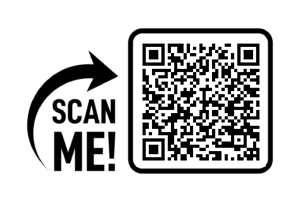
Opening Hours
Call us anytime during business hours:
Mon-Sun: 10:00 AM to 7:00 PM
Email Us
info@tvgmigration.com
In partnership with
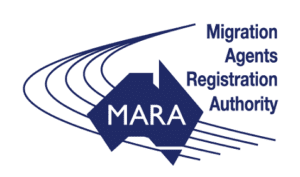

Registered with IRCC
![]()
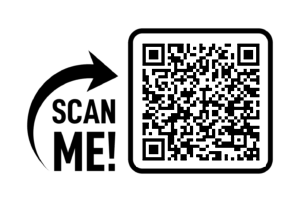
©2024. TVG Migration DMCC Copyright | All rights reserved by The Virmani Group

